Dans environ six semaines’ temps, décideurs, administrateurs, chercheurs et éducateurs se réuniront au PISA de l'OCDE (Programme pour l'évaluation internationale des étudiants) conférence à Tokyo pour étudier les stratégies éducatives des pays qui excellent dans le test standardisé mondiale. Many of these strategies will be previewed over the next few weeks in La recherche globale pour l'éducation.
La performance de U.S. étudiants dans le 2009 PISA était pauvre, surtout quand on considère que l'U.S. a la plus grande économie mondiale et est parmi le top 10 pays de niveaux de vie. Despite the fact that every global thought leader interviewed in La recherche globale pour l'éducation agreed that standardized testing is not a comprehensive measure of student abilities, personne dans l'U.S. peut sentir à l'aise que des 65 pays qui ont pris PISA, our students ranked 17e en lecture, 23e dans la science, et 31 en mathématiques. Bien que ces scores étaient plus élevés que notre 2006 résultats, ils étaient encore loin derrière les pays de notation les plus élevées — Corée du Sud, Finlande, Chine, et Canada.
Alors, quelle est la base de la validité de PISA? Peut-être plus importante, compte tenu de l'économique mondiale, changements sociaux et démographiques qui ont lieu, comment la planification PISA pour se assurer que son test continuera de mesurer les compétences qui sont les plus pertinents pour la réussite future des élèves? Je en ai discuté avec Andreas Schleicher, le Directeur largement estimé de PISA.
Andreas, que les pays du monde entier participent au test PISA?
Couvertures PISA 87 pour cent de l'économie mondiale actuellement. En Chine, nous avons couvert seulement 12 provinces jusqu'à présent parce que ce est un endroit très complexe à administrer le test. Si vous regardez la dernière évaluation du PISA, la province de Shanghai est venu Nombre 1 dans les trois domaines. Le test PISA est très exigeant. Ce ne est pas un test à choix multiples simples, de sorte que vous besoin d'un processus de marquage complexe. Vous devez avoir la fiabilité et la cohérence. Il faut du temps et des efforts pour mettre en place la participation.
Comment prenez-vous en compte les différences démographiques entre les pays?
Dans le U.S.. par exemple, PISA est appliquée dans les écoles publiques et privées de même. Nous avons les résultats des tests ventilés démographiquement: urbain, rural, le revenu des parents, et d'autres mesures importantes. Les pays doivent fournir un échantillon qui représente avec précision les différentes données démographiques. Vous devez que les données démographiques de comprendre comment un pays fait vraiment. Lorsque vous comparez le Mexique avec le Japon et de prendre en compte les différentes situations économiques, vous gagnez plus grande perspicacité.
Le U.S. est favorablement évalué et tarifs raisonnablement bien ensemble en partie parce que ce est un pays riche qui a passé plus sur l'éducation. Les classements surestiment la position globale des Etats-Unis, which is something you will find quite well explained in Volume 2 of our report.
Par exemple: If you don’t take the demographic context into consideration in Chile, you are evaluating the results unfairly. Rich countries have an unfair advantage.
What kinds of content make up the test?
There is a mix of questions reflecting a wide range of tasks around the PISA subjects which are Math, Sciences et lecture. There are some multiple choice questions but there are also many questions that require students to construct answers — some involving extended responses.
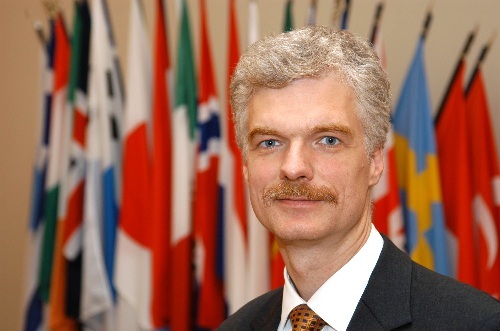
How does PISA assess critical thinking/creative thinking/interpersonal skills/language knowledge?
Foreign language testing is not a part of PISA testing. Critical thinking and creative thinking have been a very important part of PISA testing from the start. If you can’t creatively apply knowledge, if you can’t think critically across different fields of knowledge, you’re not going to get to the highest levels of PISA performance.
In some areas we do well, although in other areas we can do better.
Par exemple, one of our objectives for the future is that we want the test to include interpersonal skills. So we are trying to build an assessment of collaborative problem solving skills, because in the world today, countries do not just work by themselves. The test of skills is how well can you exchange ideas, collaborate with others, and work across socioeconomic heterogeneous groups.
How well are you assessing artistic and creative abilities? Artistic and cultural achievements have an impact on a society’s quality of life, would you agree?
I very much agree with you. The Arts are a very important subject area. We spoke earlier about the importance of creativity in critical thinking and reasoning. I will say that in PISA, we have not done very well on this because these subjects are very much culturally bound. We are not equipped to assess these capabilities in terms of international comparisons, but I do agree that this is an important agenda for the future, and that it is an area we all should be doing better in.
Are there any expansion plans related to the existing test for the future?
Oui, we are moving towards computer delivered assessments which will allow more interaction in terms of answering questions. It allows us to play with concepts like space and time. That’s the major area of development as it will allow us to cater to a wider range of student abilities. We are not equipped for the technology revolution in current educational curriculums. We are hoping that assessments will evolve, and we are trying to reflect that as well as we can. I think we are able to assess things that we couldn’t assess in the past. I am fairly optimistic that a lot of effort is being made to extend the range of constants that can legitimately extend assessment.
The PISA test assesses student capabilities more broadly than the current U.S. national standardized tests. We perform poorly. What do we need to do with our educational system to excel in this global test? What do we need to do with the education of our students to help them lead the way in the 21st century? These questions will be addressed in La recherche globale pour l'éducation.
Dans La recherche globale pour l'éducation, rejoindre C.M. Rubin et leaders d'opinion de renommée mondiale dont Sir Michael Barber (Royaume-Uni), Dr. Leon Botstein (États-Unis), Dr. Linda Darling-Hammond (États-Unis), Dr. Madhav Chavan (Inde), Le professeur Michael Fullan (Canada), Professeur Howard Gardner (États-Unis), Professeur Yvonne Hellman (Pays-Bas), Professeur Kristin Helstad (Norvège), Professeur Rose Hipkins (Nouvelle-Zélande), Professeur Cornelia Hoogland (Canada), Mme. Chantal Kaufmann (Belgique), Professor Dominique Lafontaine (Belgique), Professeur Hugh Lauder (Royaume-Uni), Professeur Ben Levin (Canada), Professeur Barry McGaw (Australie), Sridhar Rajagopalan (Inde), Sir Ken Robinson (Royaume-Uni), Professeur Pasi Sahlberg (Finlande), Andreas Schleicher (PISA, OCDE), Dr. David Shaffer (États-Unis), Chancelier Stephen Spahn (États-Unis), Yves Thézé (Lycee Francais US), Professeur Charles Ungerleider (Canada), Professeur Tony Wagner (États-Unis), Professeur Dylan Wiliam (Royaume-Uni), Professeur Theo Wubbels (Pays-Bas), et le professeur Michael Young (Royaume-Uni) alors qu'ils explorent les grandes questions d'éducation de l'image que toutes les nations doivent faire face aujourd'hui. La recherche globale pour l'éducation communautaire page
C. M. Rubin est l'auteur de deux séries en ligne largement lecture pour lequel elle a reçu une 2011 Upton Sinclair prix, "Le Global Search pour l'éducation» et «Comment allons-nous savoir?"Elle est également l'auteur de trois livres à succès, Y compris The Real Alice au pays des merveilles.
Suivez C. M. Rubin sur Twitter: www.twitter.com/@cmrubinworld


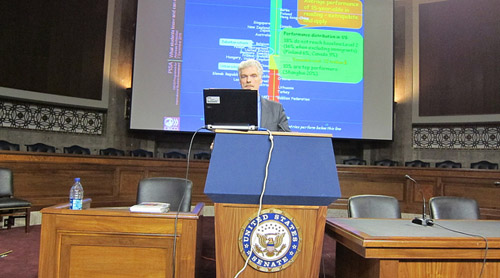
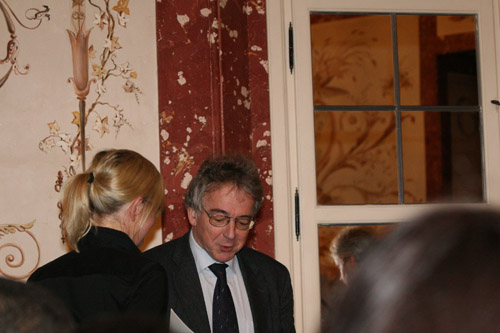
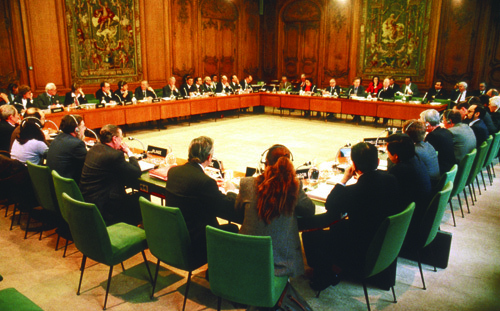
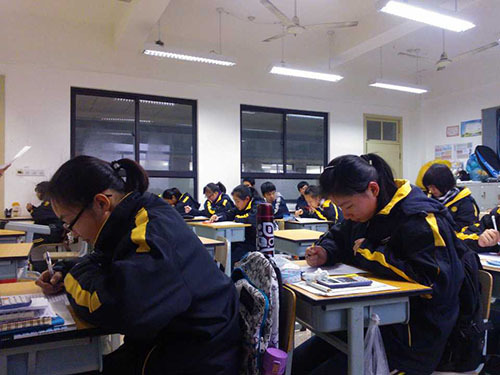
Commentaires récents